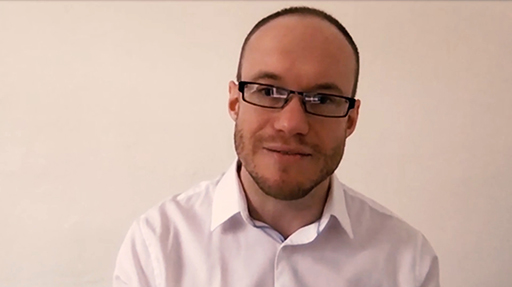Session 2 An introduction to digitisation
This session is written by Andrew Cusworth from The University of Oxford.
Digitisation is the making of computer readable and transmissible representations of physical objects. Most of us engage with digitisation in one way or another, for example by making digital copies of family photographs. What distinguishes the scholarly activity of digitisation is the critical awareness and purpose of the process and its results.

Transcript: Video 2
Put simply, digitisation is the capture and representation of some aspect of a physical thing in digital form. It is ubiquitous as any other aspect of our digital lives. If you've ever listened to the Beatles on CD or over a digital radio, if you've ever looked at a Picasso online, if you have ever read Dickens on an e-reader then you've engaged with the end product of digitisation.
For many scholars, digitisation is the first port of call in the journey towards digital humanities. For some, it may also be their last. As ports should be, it's a point of exchange that the world beyond the borders of academia, a place in which technical process and critical awareness meet, and where the exchange of ideas, documents and information takes place.
But what makes digitisation a part of digital humanities? What makes it scholarly? For me, the difference is in how it's approached. Yes, I might snap a photograph of a sculpture that I see on holiday. That is, I suppose, a form of digitisation.
But if I were doing it as a scholar, as a digital humanist, I'd want to consider at least four questions. Why am I digitising the sculpture? What's the best way to do it? How can it be useful to others? And finally, how does that relate to everything else?
After studying this session, you should have:
- learned how material documents are transformed into digital versions
- understood the main challenges and opportunities presented by the digitisation process
- reflected on how digitised documents can be used for research.
